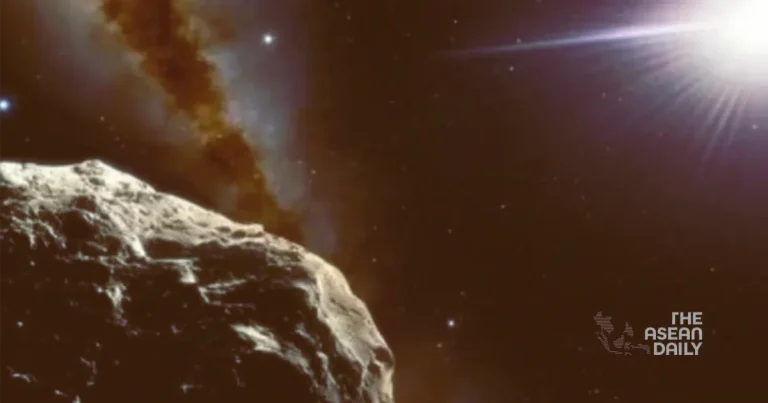19-2-2025 (WASHINGTON) A recently identified asteroid has garnered significant attention from the global scientific community, as calculations reveal it carries the highest recorded impact probability of any known space rock in modern tracking history. NASA data indicates a 3.1% chance of Earth collision in 2032, though experts maintain there is no immediate cause for alarm.
The asteroid, designated 2024 YR4, was first spotted by Chilean astronomers at the El Sauce Observatory on 27 December 2023. Current estimates suggest the celestial body measures between 40 and 90 metres across, with spectral analysis indicating a conventional composition rather than rare metallic elements.
Following the asteroid’s discovery, the International Asteroid Warning Network (IAWN) issued an alert on 29 January after impact calculations exceeded one per cent. The probability has since increased to what NASA now calculates as a one in 32 chance of Earth impact on 22 December 2032.
“This represents a historic moment in asteroid tracking,” notes Richard Moissl, who heads the European Space Agency’s planetary defence office. Their calculations place the risk slightly lower at 2.8%. “However, whilst significant, this object poses a localised rather than global threat,” Moissl adds.
The James Webb Space Telescope will train its powerful instruments on 2024 YR4 next month, providing crucial data for refined trajectory calculations. Bruce Betts, chief scientist at the Planetary Society, explains that Webb’s exceptional sensitivity will prove invaluable as the asteroid travels toward Jupiter’s orbit.
Should impact occur, scientists project the asteroid would likely detonate in the atmosphere with force equivalent to eight megatons of TNT—roughly 500 times more powerful than the Hiroshima bomb. The potential impact zone spans a broad corridor from the eastern Pacific across to South Asia.
Importantly, the international community has demonstrated capability in asteroid deflection through NASA’s successful DART mission in 2022. Additional proposed intervention methods include laser-induced thrust and gravitational towing, with nuclear options remaining a last resort.
The situation echoes the 2004 case of asteroid Apophis, which briefly held a 2.7% impact probability before further observations ruled out any collision risk. Experts anticipate a similar outcome for 2024 YR4 as more data becomes available.




